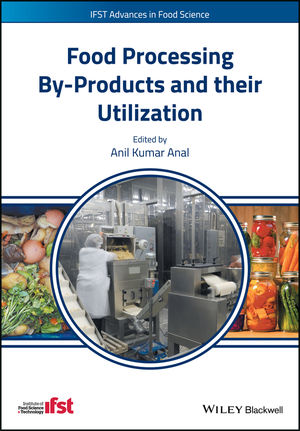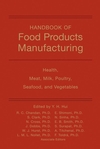Determining Roi on Co-Packed Products
In the first of a year-long series, The National Provisioner takes a look at the co-packing/co-manufacturing arena, helping processors identify best practices and strategies forsuccessfully incorporating, developing and nurturing co-manufacturing relationships in the marketplace.
In this, our first entry into the series, The National Provisioner speaks with Michael Quint, vice president & CCO, Sales, Marketing, R&D, for West Liberty Foods, L.L.C., in West Liberty, Iowa. What follows is a Q&A with Quint on how processors can determine and improve the return-on-investment of their co-packing ventures.
NP: What is important for a processor to consider when making the decision whether they should source a co-manufacturer for a product or run the product “in-house?”
Quint: First and foremost would be the ability of the co-manufacturer to deliver a high-quality product that meets or exceeds all food-safety requirements. A second important factor is to understand the capital expenditures associated with any project. A major benefit of using a co-manufacturer is that a processor is able to develop new products and new packaging concepts without the investment in capital necessary to run “in-house.” This allows the company to potentially expand their brand into a greater number of categories in a minimal amount of time. For example, West Liberty Foods houses a full IQF, in-line cooking system in our new Tremonton, Utah, facility. Access to this system allows our customers to develop competitively priced products in a state-of-the-art process without a substantial capital investment.
NP: What are the main factors that determine ROI in a co-manufacturing agreement, in your opinion?
Quint: The availability of competitively priced raw materials through either vertical integration or procurement, a least cost manufacturing environment, and proximity to thecustomer base.
NP: How important a factor in establishing a co-manufacturing partnership is the ROI that the manufacturer promises?
Quint: Very important. The manufacturer must deliver the product quality at the agreed-to price if the marketer’s plan will be successful. Without a partner who has the capability and desire to design products, that will help deliver both, it becomes an unworkable situation.
NP: In the co-manufacturing realm, is ROI typically measured in months or years? What are some of the ways processors can speed up the time to turning a profit on a co-manufacturing agreement?
Quint: Typically, ROI is measured on an annual basis but certainly monitored on a monthly one. In addition, most processors will look at ROI with and without startup costs included. How fast the product turns a profit will be directly related to how well-designed the product is before it ever reaches the marketplace. If both parties work together on the initial product development, focusing on minimizing all costcomponents while maximizingproduct quality, profitability will come very quickly.
NP: Does the ROI vary greatly from product to product? How patient must a co-manufacturing partnership be in terms of getting to the point where the customer has met its ROI?
Quint: ROI does vary greatly from product to product for a host of reasons. Again, product development is key. A clear set of objectives must be established in the beginning for what the product is to be, how it should perform, and what price point is necessary to meet sales goals. Both companies must then work together to develop the product to meet the established criteria while ensuring that it can be cost-effectively produced within the organization. The time must be spent on the front end to ensure the return on the back end.
NP: What are some of the most common products that you see meat and poultry processors having co-manufactured today? What do you believe to be the reason those products are so commonly outsourced?
Quint: Obviously we see a lot of sliced proteins packed in numerous formats for sale in the retail and foodservice markets. I believe that many of these items are outsourced because of the large expenses associated with installing a slicing line. In addition, capacity is limited based on the speed of the equipment. So, depending upon the success of the offering, multiple lines may be necessary. Capital expenditures are very closely scrutinized in today’s business world. Co-manufacturing allows processors to take advantage of existing systems with limited or no capital expenditures.
NP: How much does efficiency and the realities of quality assurance and food safety play into the ROI that a processor gains by contracting out a product line?
Quint: A company looking to have product co-manufactured needs to be assured that all food-safety and quality requirements are met. They also need to be confident that their co-manufacturer is truly a partner in the process. One cannot afford to have any food-safety concerns that could damage brand reputation. This is paramount, as food-safety issues will rapidly destroy any ROI. From an efficiency standpoint, West Liberty Foods has an exceptionally positive throughput that allows us to deliver on a very cost-efficient basis.






